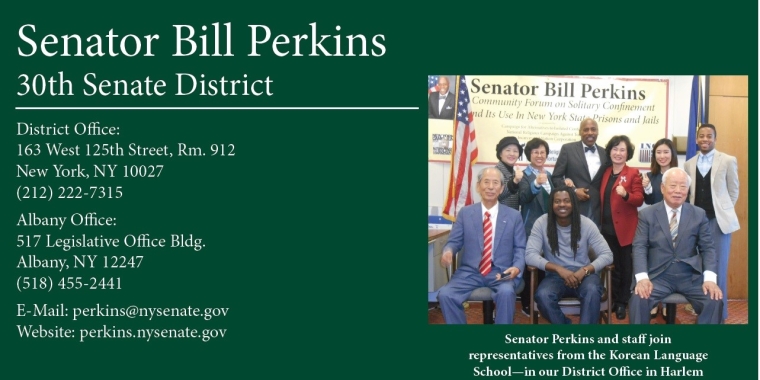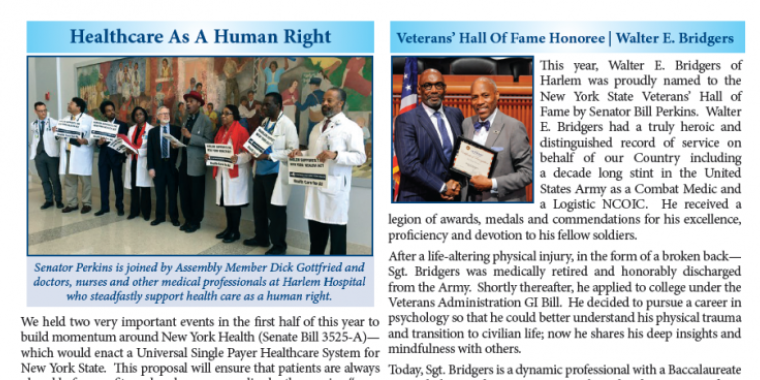
Historic Rehabilitation Tax Credit Passes Senate Finance Committee
Bill Perkins
May 22, 2009
-
ISSUE:
- Housing
Program will bring unprecedented redevelopment to distressed areas; expected to pass the Senate next week.
The Historic Rehabilitation Tax Credit (HRTC) (2960-A/Valesky) has passed in the Finance Committee and will be sent to the full Senate next week where it is expected to pass.
The current program introduced in 2006 offers tax credits for expenses associated with the rehabilitation of historic homes and depreciable properties.
The current program offers:
- an investment credit equal to approximately 6 percent of qualified rehabilitation costs;
- up to a credit value of $100,000, for commercial properties; and
- 20 percent of qualified rehabilitation costs, up to a credit value of $25,000, for owner-occupied residential structures in distressed areas.
“This program will aid communities, in particular urban centers across the state, by reinvesting and rehabilitating structures and strengthening our population base,” said Senate Majority Leader Malcolm A. Smith. “Not only will this beautify neighborhoods and reinvigorate residents’ sense of pride, but it will help us attract new businesses and families back to communities that have suffered from urban flight.”
“Rehabilitation and reuse of historic buildings using a tax credit program has proven nationally to be one of the most successful policy tools in economic and community development,” Senator Bill Perkins (D-Harlem) said. “Harlem is blessed with many beautiful historic buildings. Not only will this program preserve our rich history, it will help businesses restore historic income-producing buildings by making preservation work more affordable and at the same time creating jobs.”
In an effort to bring the New York State program in line with highly successful programs in other states, the New York State Senate and Assembly overwhelmingly passed legislation to expand the State’s historic rehabilitation tax credit program in 2008.
The legislation was vetoed by Governor Paterson but we are working closely with the Governor to ensure that this vital economic development and neighborhood revitalization tool is available for Upstate and other distressed areas.
Features of the Senate’s legislation include:
- Increase the cap on commercial credit value from $100,000 to $5 million; the residential credit value will increase from $25,000 to $50,000. These are over the course of the program, which is 5 years.
- Limit the availability of the residential and commercial credit of the program to “distressed” areas, which is defined as being located within a Census tract identified at or below one hundred percent of the median family income.
- Increase the percent of qualified rehabilitation costs that can be claimed for the credit from 6-percent to 20-percent, allowing for a higher percentage of qualified rehabilitation costs.
- Make the credit assignable, transferable, and conveyable within business partnerships, to allow for greater flexibility on the part of the investor, and attract out-of-state financing to in-state rehabilitation projects.
- Offer the rehabilitation tax credit as a rebate to make the program a stronger financial incentive for homeowners without significant income tax liability.
Share this Article or Press Release
Newsroom
Go to NewsroomSenator Perkins Winter 2017 Newsletter
December 20, 2016

Senator Perkins Summer 2016 Newsletter
August 2, 2016


